I love to use the points along the Small Intestine meridian for their pain relief functions. My all time favourite acupuncture points combo for chronic pain behind the scapula are:
- Si 3 & Li 4 (as the distal points)
- Si 9, 10, 11 ( as local points)
- GB 21 (as the acupuncture point for surrounding muscle)
In this video, I dive into each Small Intestine acupuncture points location, functions, and how to use them in clinical practice. My aim is to make each point easy to locate, as well as differentiating all acupuncture points functions. I also look at the Small Intestine Channel pathways and how relevant it is in practice.
Let me know what you think and keep rocking it with acupuncture! 😍
Clara
TCM Geek
PS: If you want more, check out my “All about the TCM Small Intestine” post. And if you enjoy my graphics and haven’t invested in my AcuPoints Made Easy Book (PDF or Hard Copy) yet, get your copy here! 🙏
The Small Intestine Meridian and its 19 acupuncture points
The Small Intestine meridian of Hand Tai Yang has 19 acupuncture points (bilaterally). In clinical practice, we use this meridian mostly for ear, cheek, jaw, neck and upper back issues, mental disorders, and disorders along the channel pathway.
The Small Intestine meridian is associated with the organ system of the TCM Small Intestine and plays a role in maintaining physical, emotional, and mental well-being.
The Small Intestine meridian pathway and functions
This channel is one of the 12 primary meridians in traditional Chinese medicine (TCM). It is associated with the element of fire and is responsible for separating pure from impure substances in the body.
The Small Intestine meridian begins at the tip of the fifth finger and runs up the ulnar side of the arm, through the back of the shoulder, scapula, and neck, to the cheek, and ends up in front of the ear. Along the way, it passes through 19 small intestine acupuncture points.
One of the main functions of the Small Intestine meridian is to sort and process the nutrients that are absorbed from the Large Intestine. In TCM, the Small Intestine is responsible for separating the pure from the turbid substances in the body. Especially the liquids!
I think, the interesting part about the Small Intestine system in TCM though, is its mental function! The TCM SI is in charge of separating clear thoughts form turbid ones. A good versus evil kind of thing. The TCM Small Intestine (when healthy) will be able to make the difference between right and wrong.
In TCM, the Small Intestine is associated with the emotion of joy and is connected to the Heart. Imbalances in the Small Intestine meridian can lead to emotional disturbances such as irritability and anxiety.
The most common Small Intestine Acupuncture Points
-
Small Intestine 1 (SI 1): is a Jing-Well point used for fainting, fever and mania. In clinical practice I use it mostly for lack of breast milk!
-
Small Intestine 3 (SI 3): the DU vessel confluent point is best for any upper, middle or lower back pain. SI 3 is a great acupuncture point for neck pain, occipital headaches, and scapula painful muscle knots.
-
Small Intestine 8 to 15: these acupuncture points are very helpful to relieve pain along the small intestine meridian.
-
Small Intestine 18 (SI 18): one of the best acupuncture point for lower sinuses issues. SI 18 relieves toothache, and is part of a protocol for Bell’s Palsy.
-
Small Intestine 19 (SI 19): this point is used for TMJ, tinnitus and Jaw pain.
If you enjoy my graphics and haven’t invested in my AcuPoints Made Easy Book (PDF or Hard Copy) yet, get your copy here!
Connect with me on social media at AcuPro Academy on: Facebook, Instagram, YouTube, TikTok, Pinterest and Twitter!
💕 And if you’d like more content, please continue to support my creations by subscribing, connecting, liking, sharing and commenting on my posts! That’s how I know you enjoy them! Much appreciated 🙏

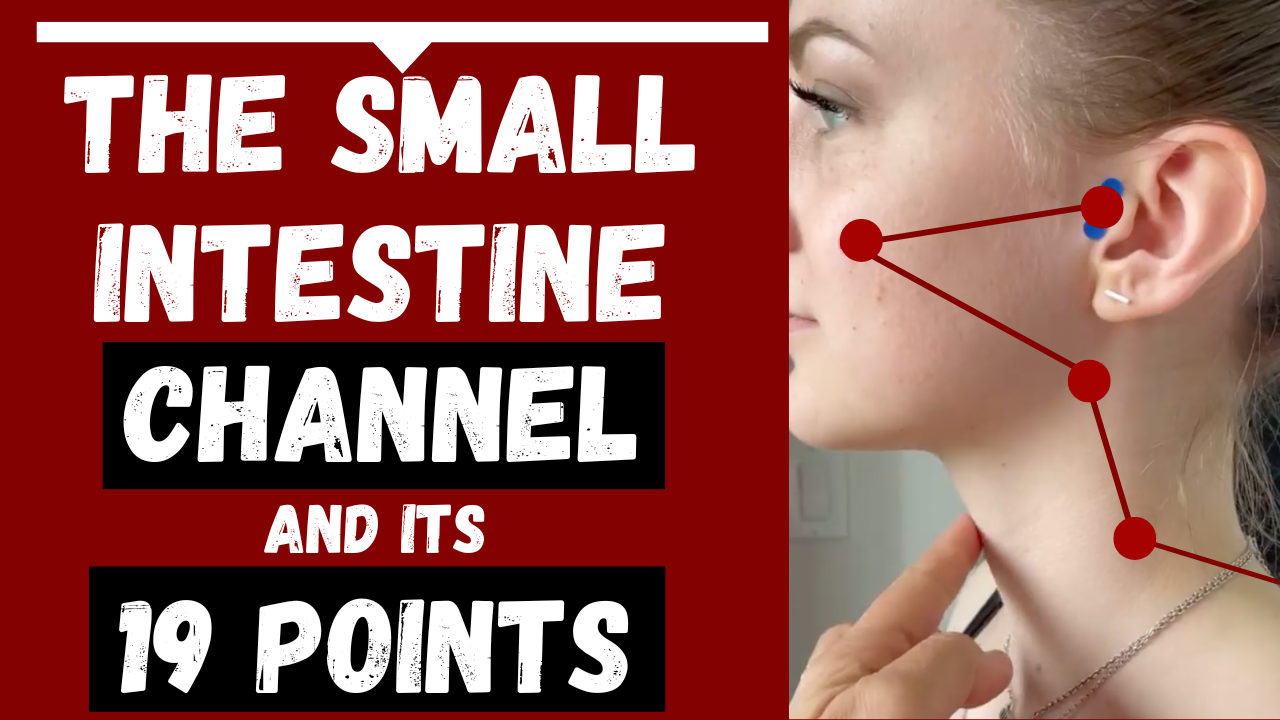
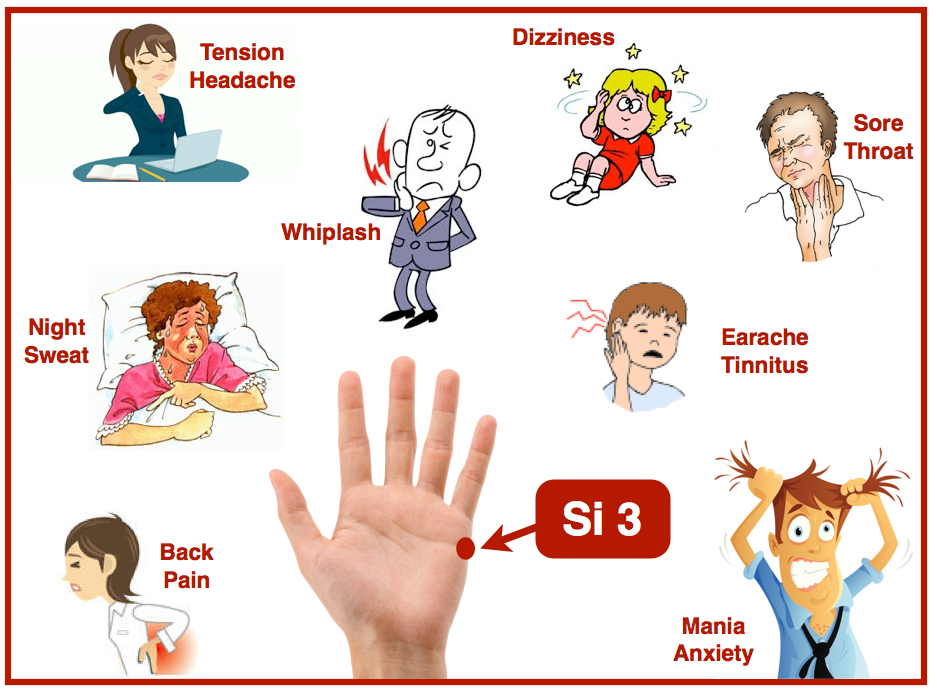
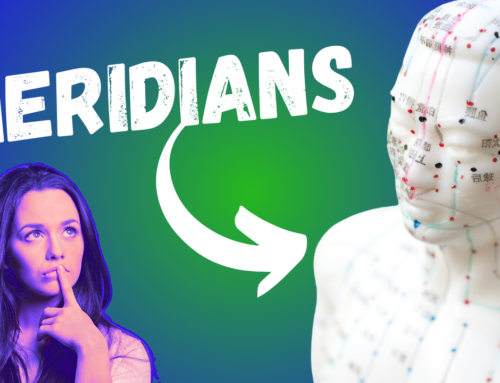

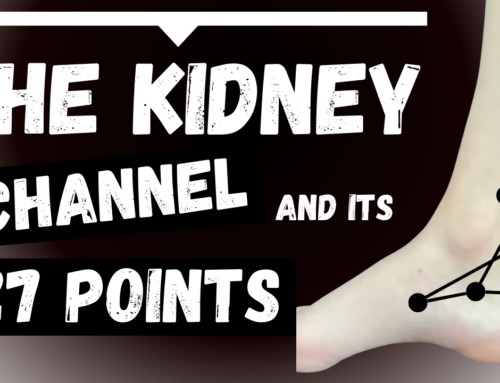
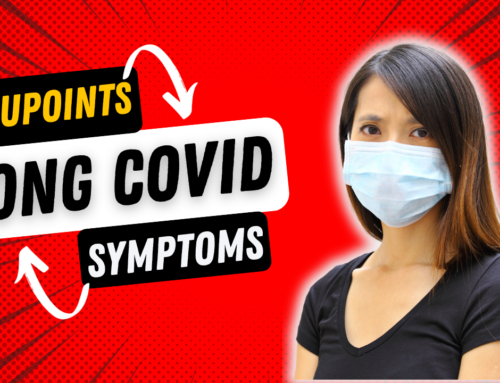
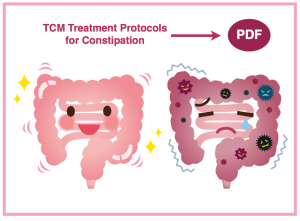
Good masage
good Message
Thanks
Ďakujem Ti Clara, ďakujem za úžasné video, Clara si úžasný človek ❤️
Sorry but I can’t read your language 🙏
I love your bright & bubbly presentation style Clara – you come across as a knowledgeable & experienced person having a one-on-one conversation, as opposed to a pompous academic lecturing at people from a lectern. Similarly, your light hearted illustrations provide amusing reinforcement for your comments .
So, well done and thank you for your considerable efforts in making your tried & tested knowledge (not just text book theory) widely and easily available…. even ‘down here’ in New Zealand. I get a lot of value from both of your pdf’s that I purchased. Keep up your great work Clara …much appreciated!
Thank you for your kind words, Mark! Glad you are enjoying the pdfs 🙂
Love this video Clara, Thank you 🙂 x
Glad you enjoyed 🙂
So happy to hear that! 🌷